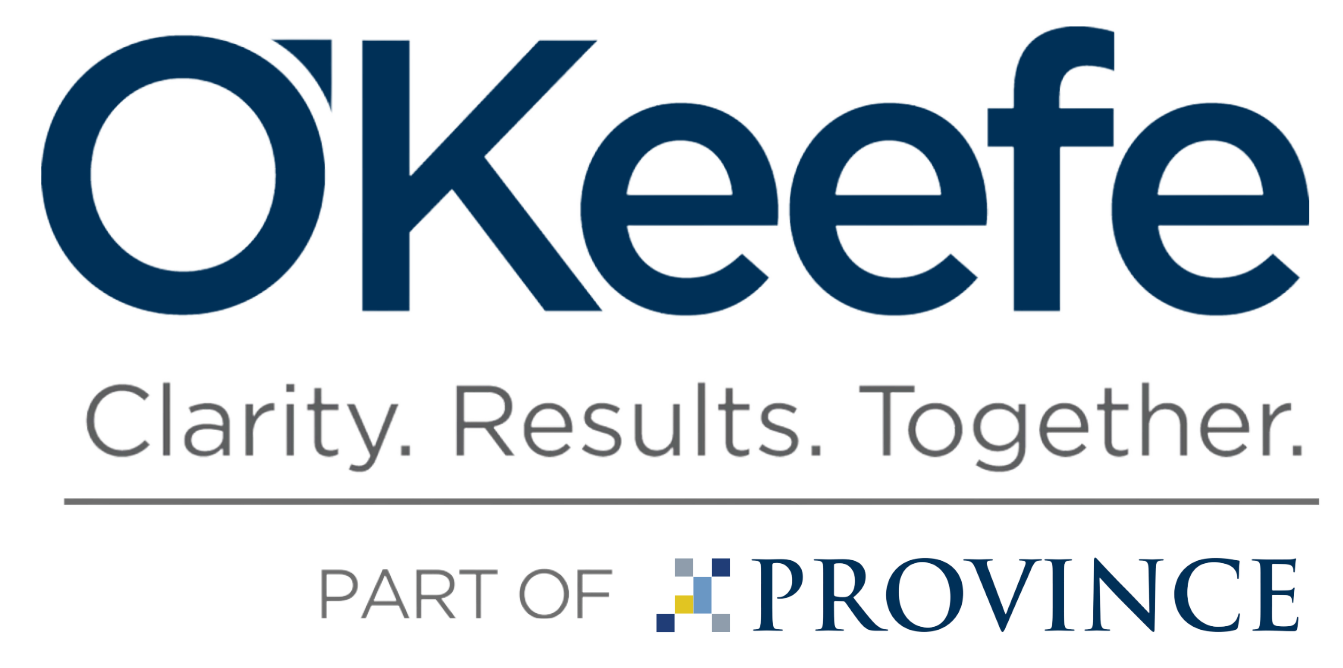Managing the Talent Gap
In lean or recessionary times, all businesses try to maintain profit through cost control which often means improving asset productivity. In other words, doing the same with less.
A hot topic for businesses these days is the inability to find good talent to fill existing positions or to add positions to enable growth.
With this issue in mind, I would challenge you to think about the talent gap from another perspective. In lean or recessionary times, all businesses try to maintain profit through cost control which often means improving asset productivity. In other words, doing the same with less. Is that not exactly the same concept as trying to manage a growing business with open and unfilled positions? Doing the same (or more) work with marginally fewer employees? The concerns with finding and retaining talent are real and there comes a time when hiring is unavoidable but I’ve laid out a few questions to ponder if you or one of your clients is currently experiencing a “talent gap” issue:
Have you taken a detailed look at improving your current processes to squeeze the last bits of productivity out of your operation?
In growth times, firms tend to let optimization and cost control fall by the wayside. This is understandable as revenue and profits are typically growing, capacity is strained and everyone is busy. However, this is typically the time when non-value added activities increase, control variances increase, and efficiency suffers because, in the end, it doesn’t matter. But, it does matter! The benefits of improving productivity, optimizing processes, and managing cost in growth times has numerous advantages. One, you can afford to experiment with new designs. Two, you can profit even more. Or, three, you could better manage the working capital required for growth and mitigate your hiring crisis.
Is your organization configured for your current and expected volume of business?
This question addresses two issues, are the people you have in the right positions and are you seeking the right skill sets. Very often, organization can drift out of alignment. Being “top heavy” is a typical concern but other issues may include a misalignment of resources within operating groups with respect to volume or workload, span of control issues where you may gain efficiencies through combining complementary or adjacent groups, or utilization effectiveness where one set of individuals is underutilized just due to their ill-designed role in the organization. A review of the organization structure and its roles and responsibilities may result in reduced need for talent or a need for different skill sets altogether.
Are technology solutions being employed properly and effectively that result in a productivity enhancement of your current workforce?
If your business is growing it is very likely you may be outgrowing some of your current systems which is putting a burden on your current workforce. The investment in technology can be daunting but one of the benefits is an increase in productivity. This applies to both new technology and upgrades of legacy systems. The less time your employees spend toiling in systems – whether it be entering data, searching for information, fixing issues or producing reports – is time that could be spent on value added activities. And, the more time available for value added activities means less time to be filled by additional headcount.


